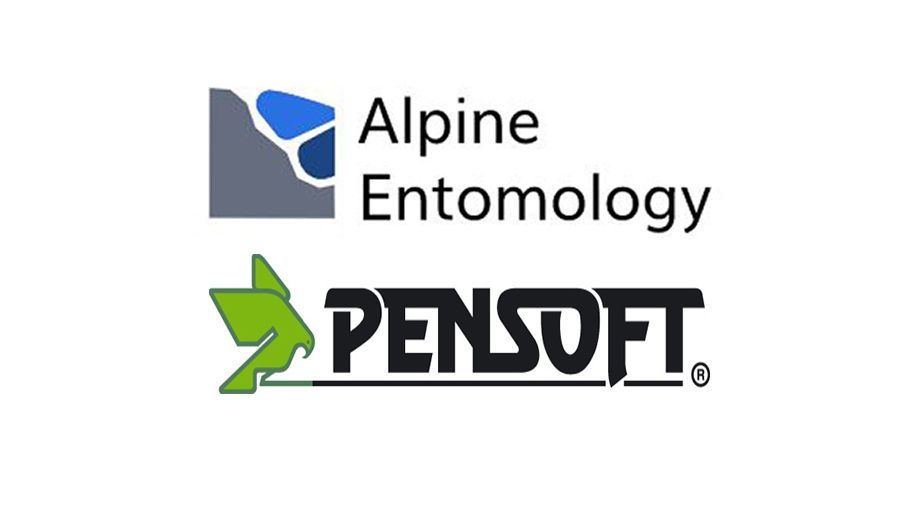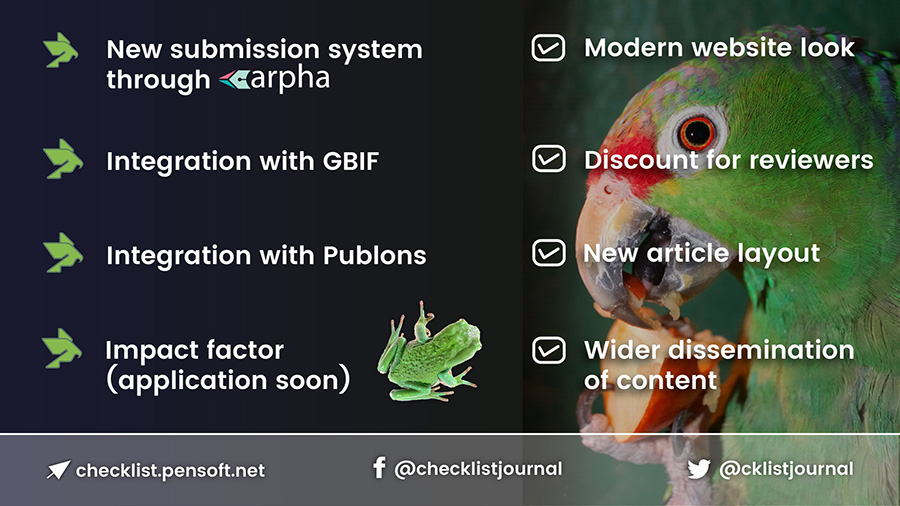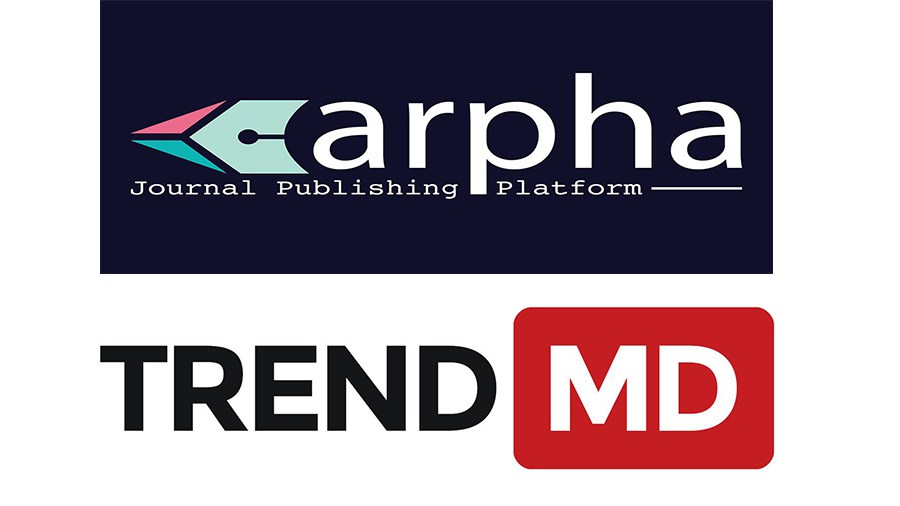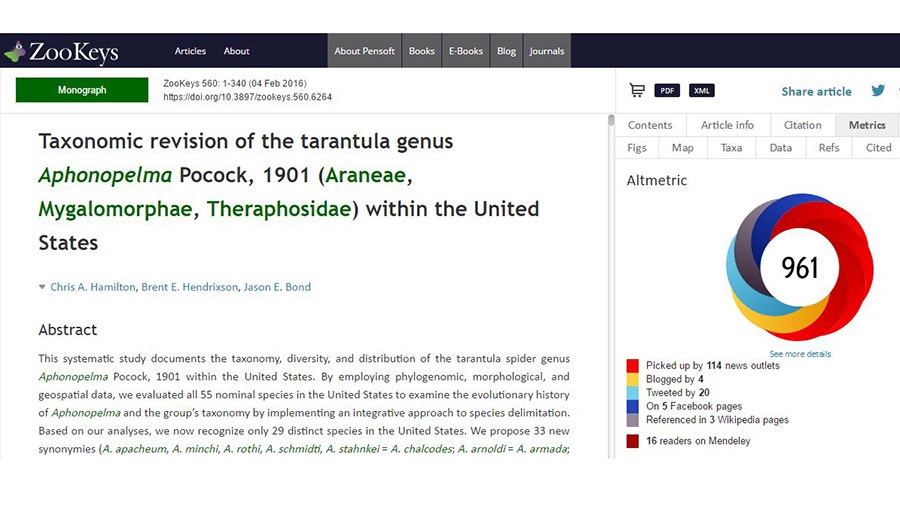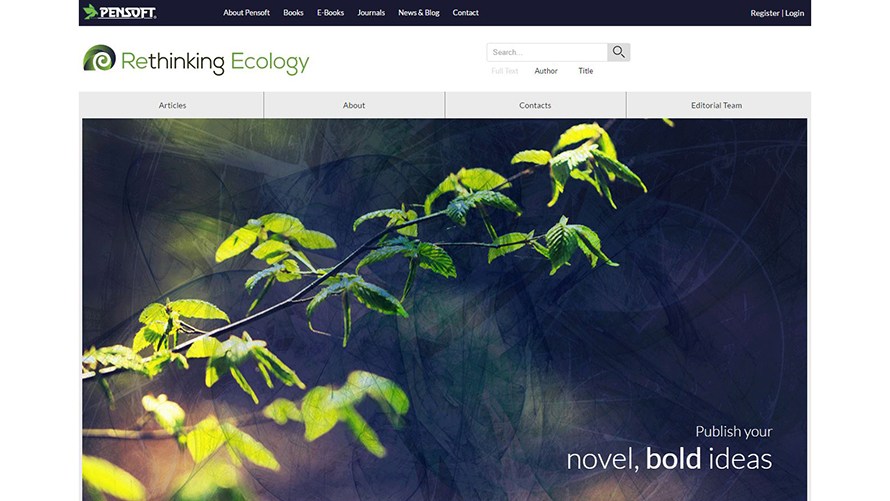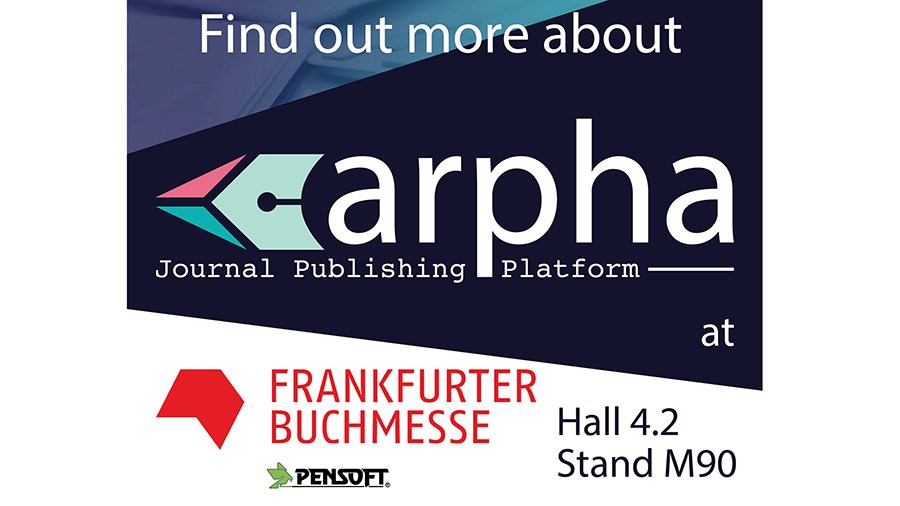Formerly dedicated to all fields in entomology, the journal now focuses on insect research from mountainous regions from around the world
Launched about a century and a half ago, the Swiss Entomological Society‘s official journal Die Mitteilungen der Schweizerischen Entomologischen Gesellschaft (Journal of the Swiss Entomological Society) is the latest historical scientific journal to join the lines of Pensoft’s portfolio.
As a result of an unanimous vote at the Swiss Entomological Society’s general assembly in March, the journal is now rebranded as Alpine Entomology to reflect the shift in its scope and focus. Furthermore, the renowned journal is also changing its format, submission and review process, “in accordance with the standards of modern scientific publishing”, as explained in the inaugural Editorial.
The first articles of Alpine Entomology in partnership with Pensoft are already live on the journal’s new website.
“Focusing the scope will improve the quality of the journal and of the submitted papers and therefore increase the impact in the scientific community,” say Dr. Thibault Lachat, Bern University of Applied Sciences and Swiss Federal Institute for Forest, Snow and Landscape Research, and Hannes Baur, Natural History Museum of Bern, and University of Bern.
Alpine Entomology now accommodates a long list of high-tech perks and brand new looks thanks to the innovative journal publishing platform ARPHA – the Pensoft-developed innovative journal publishing platform.
Nonetheless, the journal preserves its well-respected expertise and dedication to original research on the insect fauna. Occasionally, it will be also publishing studies on other arthropods from the Alpine region or other mountainous regions all over the world.
Apart from the all-new look and feel visible at first glance, there are many technologically-advanced innovations to benefit authors, readers, reviewers and editors alike.
Thanks to the fast-track and convenient publishing provided by ARPHA, each manuscript is carried through all stages from submission and reviewing to dissemination and archiving without ever leaving the platform’s singular collaboration-friendly online environment.
Once published, all articles in Alpine Entomology are to be available in three formats (PDF, XML, HTML), enriched with a whole set of semantic enhancements, so that the articles are easy to discover, access and harvest by both humans and machines.
Amongst the first papers, there are descriptions of several new mountainous species from around the world that have remained unknown to science until very recently. Two separate papers describe two new species of long-legged flies from Turkey and Croatia, respectively; while a third one reports a new ground beetle dwelling in Bhutan’s Thrumshingla National Park.
“I’m delighted to welcome this particular new member of the Pensoft’s and ARPHA’s family,” says the publisher’s founder and CEO Prof. Lyubomir Penev. “With our own solid experience in both scholarly publishing and entomological research, I’m certain that we’ll be able to provide the right venue for a fantastic title as Alpine Entomology.
“This year sees a lot of changes for the Swiss Entomological Society‘s signature journal, which I believe are all extremely positive,” says Alpine Entomology‘s Editor-in-Chief Dr. Thibault Lachat. “By making use of the modern, technologically advanced open access publishing provided by ARPHA and Pensoft, I’m convinced that our journal will increase its visibility and gain an international reputation in the entomological community.”
###

